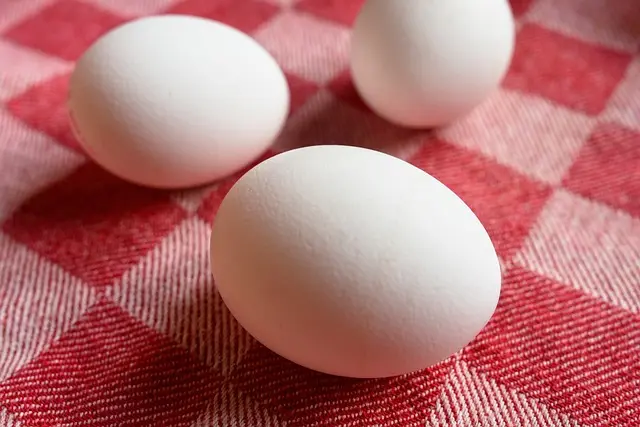
Carbohydrates and grains are among the topics that have been talked about a lot lately. According to some, it is necessary not to consume carbohydrates at all. According to some, there is no carbohydrate-free diet, but it is necessary to prefer whole grains instead of refined grains. At this point, we need to know the concepts of whole grain and refined grain.
What is whole grain and refined grain?
A grain of grain consists of 3 parts. These; bran, endosperm and germ (embryo). Let’s see what they are. The bran is the outer part of the grain and is rich in fiber. The embryo is rich in minerals and B vitamins. Finally, the endosperm is the part that is rich in starch.
The concept we call whole grain refers to cereals that contain all three parts of the cereal grain. Refined grain, on the other hand, is formed by separating the outer shell and embryo from the parts of the grain. The starchy part remains.
So, which one should we consume?
With the process applied in refined grains, losses occur in minerals such as fibers, B group vitamins, iron, zinc, magnesium. To compensate for these losses, B group vitamins and iron are added to most cereal products afterwards. And it is stated as ‘enriched’ on the packaging.
The fact that a product is a whole grain means we can benefit from all the various nutrients found in the grain of the grain. The important thing at this point is that the product is whole grain. Phrases such as ‘multigrain’ or ‘enriched grain’ do not imply that the product is whole grain. In the label information of products with whole grains, there are statements such as ‘contains whole grain’, ‘whole grain’.






